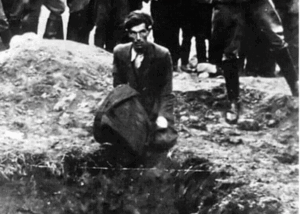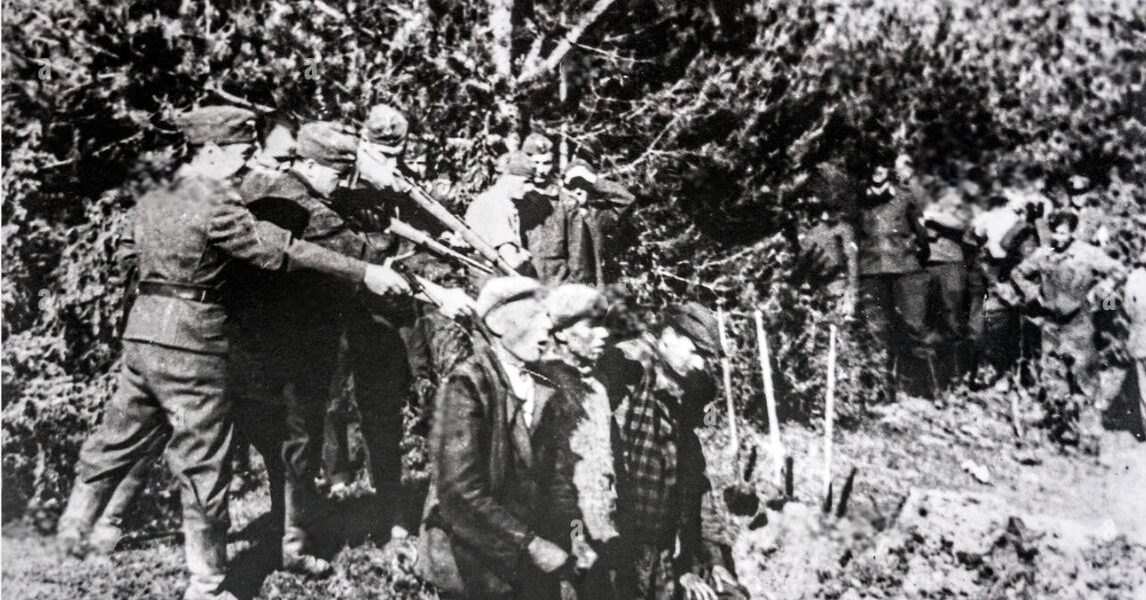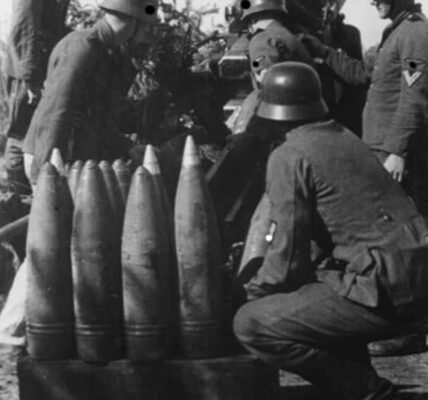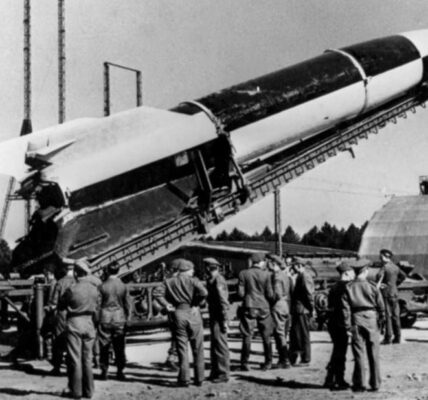
A historic photograph from the personal album of an Einsatzgruppen soldier bears the caption “Last Jew of Vinnytsia” on the back. It depicts a scene from 1941 in the Ukrainian city of Vinnytsia, in which a member of Einsatzgruppe D participates in an execution. The image is now considered one of the most shocking documented testimonies of Nazi crimes in Eastern Europe.
Several mass shootings took place in Vinnytsia in September 1941. These were carried out by German units in cooperation with local militias. According to estimates, over 28,000 Jewish men, women, and children from Vinnytsia and the surrounding area were murdered.
An eyewitness to these crimes was Wehrmacht officer Lieutenant Erwin Bingel. In his later writings, he described how his unit was assigned to assist in securing the area. In doing so, they also witnessed the systematic murder of Jewish civilians.
According to Bingel, the population was rounded up under the pretext of registration. Those affected were forced to report to assembly points, where they were robbed of their belongings and led in groups to prepared trenches. There, mass shootings took place, carried out by members of the SS and supporting militiamen. Bingel also reported further acts of violence by locally recruited units, in which thousands more were murdered.
These events are now part of the historical reappraisal of the Shoah and document the systematic destruction of Jewish life in Ukraine and throughout Europe.
Political theorist Hannah Arendt later coined the term “banality of evil” to describe how ordinary people can become participants in horrific crimes under totalitarian systems. Her analysis emphasizes the importance of remembrance, education, and accountability to ensure such acts never happen again.




